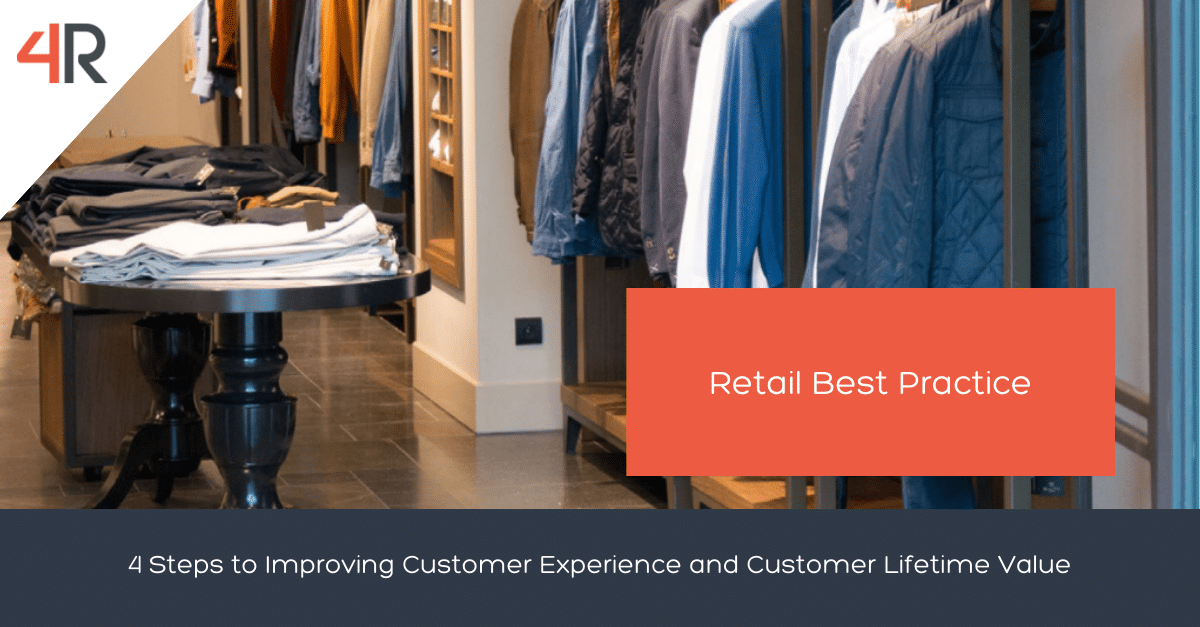How Accurate Demand Forecasting Drives CX and CLV
Customer churn rate is a metric that measures the percentage of customers who end their relationship with a brand after a certain period of time. Changes in the churn rate signal how well the customer experience is at acquiring new customers. Growing a business is not only about acquiring new customers. Brands must also create customer experiences that foster brand loyalty by encouraging existing customers to repeatedly return and purchase. After all, it is more expensive to acquire a new customer than it is to retain one. Returning customers demonstrate loyalty, increasing their lifetime value to the brand.
There are some key things retailers can do to improve shoppers’ customer experiences and loyalty.
Step 1: Analyze Consumer Buying Patterns to Make Accurate Predictions in the Future
Consumer buying patterns refer to the set of individuals’ buying habits and preferences. Patterns are derived from more than just sales history, which is only an analysis of what was bought. Today, shoppers move more fluidly across locations and channels. Additionally, factors like seasonality, preferences, and habitual behavior add complexity to understanding what customers want and when they want it. Brands must consider sales history, channel, and these other factors when analyzing consumer buying patterns.
Predicting consumer buying patterns, enabled by AI and machine learning, helps brands improve the customer experience. By forecasting consumer demand, brands can provide positive customer experiences that acquire new customers and retain repeat ones.
Step 2: Make the “Right Products” Available
By forecasting consumer demand, brands can ensure product availability when and where customers will want to buy them. Cookie cutter store models create inconsistent customer experiences across locations because they do not consider regional or localized preferences, cultures and climate variables. As a result, the one-size-fits-all store models do not always make the “right products” and product assortment available at different store locations. As a result, some stores will have excess inventory and associated carrying costs, while others may experience stockouts and costly lost sales. Both situations are detrimental to the customer experience and profitability.
When brands forecast demand at the item and local levels, they can ensure that the right products and product mix are available. Brands can create positive customer experience and minimize inventory carrying costs and lost sales by using AI-powered technologies that drive product assortment planning and product replenishment planning.
Step 3: Allocate Inventory and Product Mix to the “Right Places”
Utilizing forecast demands at the item and local levels brands can make better decisions about inventory allocation. Seasoned retailers have seen how two store locations, just five miles apart, can each achieve success with a different product mix. The one-size-fits-all store models do not ensure that every location has the optimal product mix that minimizes the risk of costly excess inventory and out-of-stocks. AI and machine learning means brands can plan each unit, case pack, or prepack of an item in the store location where it is most likely to be sold, maximizing full price sales and profitability. Without these tools, allocation planning is simply a guessing game that retailers will lose every time.
Brands create positive customer experiences and fosters loyalty by having products customers want available where the customers want to purchase them.
Step 4: Plan Seasonal and Perpetual Inventory for the “Right Time”
Not only does the right mix of products need to be available in each store, seasonal products also need to be stocked at the optimal times. Retailers have always struggled with how much inventory to order for seasonal items. Overstocks result in excessive markdowns, and understocks results in missed sales.
To overcome this problem brands need to employ methodologies which leverage machine learning and blend appropriate forecasting components throughout the season. The result is a demand forecast that combines the best thinking from planners based on insights from machine learning that adapt to changing conditions.
To create powerful customer experiences by using machine learning, brands must analyze consumer buying patterns that account for local preferences, cultures, seasons and climates. By analyzing and then accurately predicting customer demand, brands can ensure the right product is in the right place, at the right time. Accurate forecasts drive inventory planning processes like product assortment optimization, replenishment planning and allocation planning and create experiences while encouraging repeat purchasing and thus increasing the customer lifetime value.


